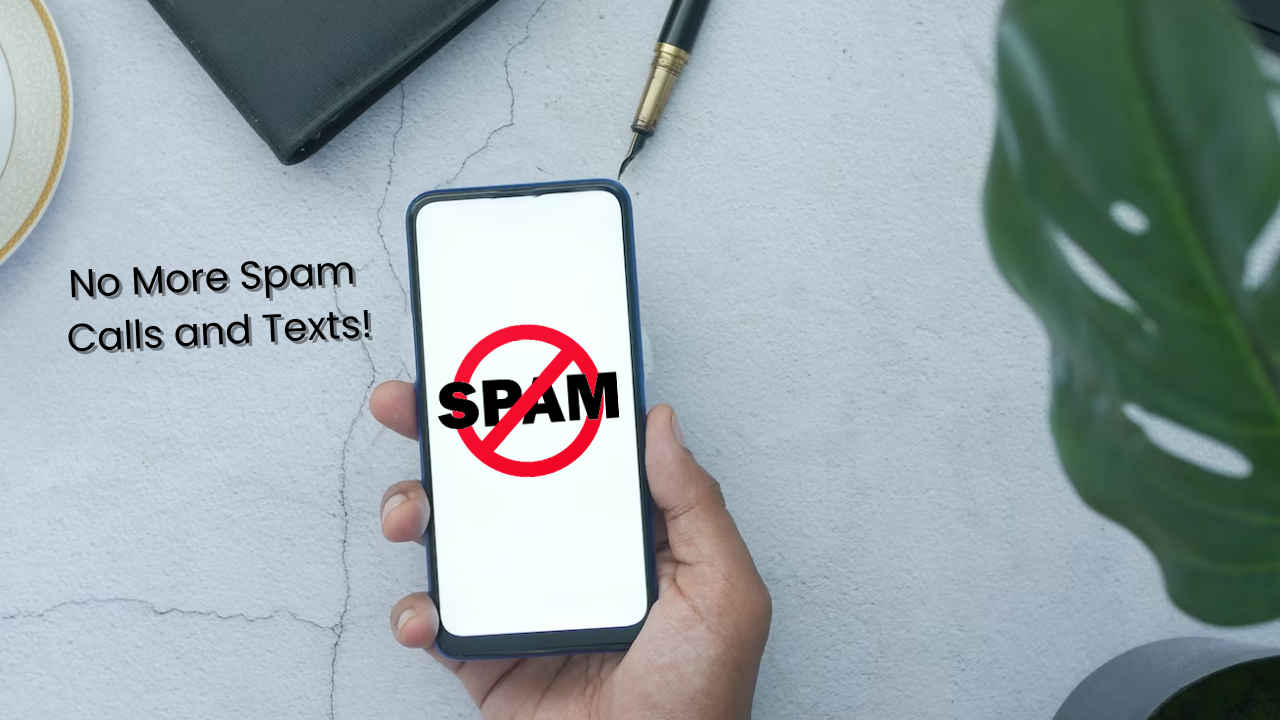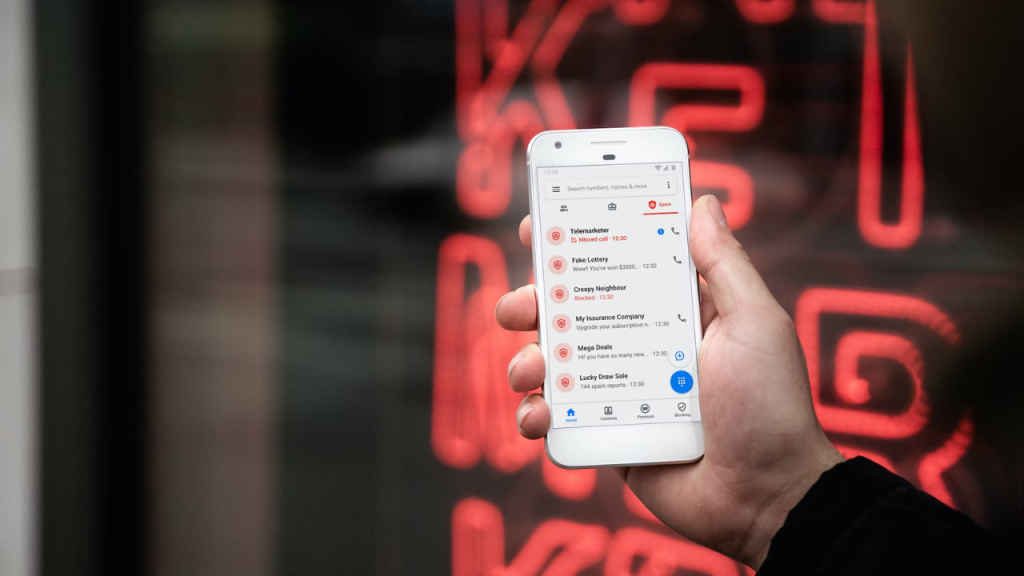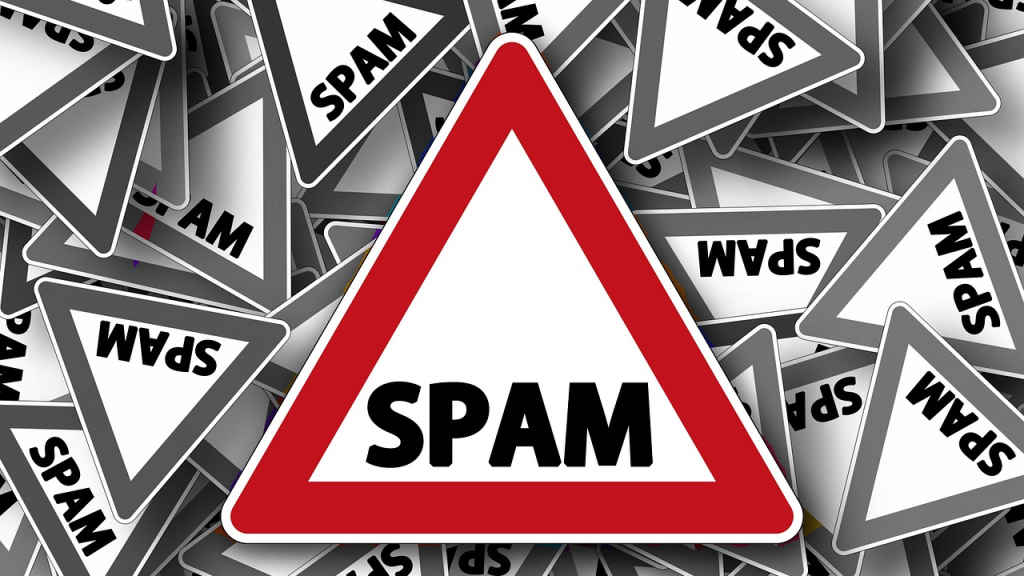Bye-bye spam calls and texts: India’s DCA system to protect users from spam explained

The main aim of DCA is to build a single platform for both telecom consumers as well as commercial companies.
It will provide telecom consumers a way where they can give their consent, maintain it, or even deny it.
This will also allow users to protect themselves from frauds and scams that slide into our smartphones.
Aren’t we just so done with the annoying spam messages and calls that pop up on our screens every other day? It is such a tedious task to hang up on that random call and keep deleting the messages. Don’t you wish that there was a solution to this? Well, I have some good news in that case. The Telecom Regulatory Authority of India (TRAI) has issued a directive that has asked all Access Providers (eg- Airtel, Jio) to develop and deploy a Digital Consent Acquisition (DCA) facility under Telecom Commercial Communications Customer Preference Regulations, 2018 (TCCCPR-2018) to avoid spam calls and messages without consent. What is this directive? How does it affect us? Find it out here.
Also read: What is SIM Swap Scam and how can you protect yourself? Find out

What is the Digital Consent Acquisition (DCA) system?
Currently, our service providers cannot track which companies/brands we have given permission to send us messages. So, any random company is able to call and send us promotional messages, building up the spam folder. The main aim of the Digital Consent Acquisition (DCA) system is to build a single platform for both telecom consumers as well as commercial companies. With this, the users will be able to digitally grant their permission if they wish to receive messages from a particular company like banks, financial institutions, insurance companies, trading companies, etc that are known as Principal Entities (PEs) or Senders. Currently, each principal entity has a separate consent gateway and this makes it difficult for the telecom providers to track and verify their user’s consent.
Also read: No more fraud calls, thanks to TRAI’s AI-based spam call filter: How it will work
How does the Digital Consent Acquisition (DCA) system work?
The DCA system is more consumer-focused. As I mentioned earlier, it will provide telecom consumers a way where they can give their consent, maintain it, or even deny it when they wish to. All this has been stated under the regulations laid down in the Telecom Commercial Communications Customer Preference Regulations, 2018. According to this, what will happen is, once users provide their consent, all the data will be shared on a Distributed Ledger Technology (DLT) Platform. Post that, it will be properly scrutinised by your particular access provider. The access providers are also asked to create an SMS and online platform where consumers can just go and get the option to stop receiving consent messages from any particular brand.

Here’s how users can avail of this facility:
- A common short code “127xxx” will be used to send users the consent message.
- This message will clearly mention all the details like purpose, scope of approval, brand that is asking for it, etc.
- Users will have to give their consent here.
- The messages will be permitted to only include whitelisted URLs, APKs, OTT links, and call-back numbers.
- Once a user gives their consent, they will get another message to confirm this.
- The confirmation message will also include details on how they can “revoke” their consent.
- Once this system is properly implemented, other means of seeking consent will become invalid and brands will have to seek fresh approvals through this system only.
This is an important step in reducing spam content and communications from commercial companies. Further, this will also allow users to protect themselves from frauds and scams that slide into our smartphones. The communication was issued on 7 November and it is expected that all the companies from various sectors will be on board by 30 November 2023.
Mustafa Khan
Mustafa is new on the block and is a tech geek who is currently working with Digit as a News Writer. He tests the new gadgets that come on board and writes for the news desk. He has found his way with words and you can count on him when in need of tech advice. No judgement. He is based out of Delhi, he’s your person for good photos, good food recommendations, and to know about anything GenZ. View Full Profile





